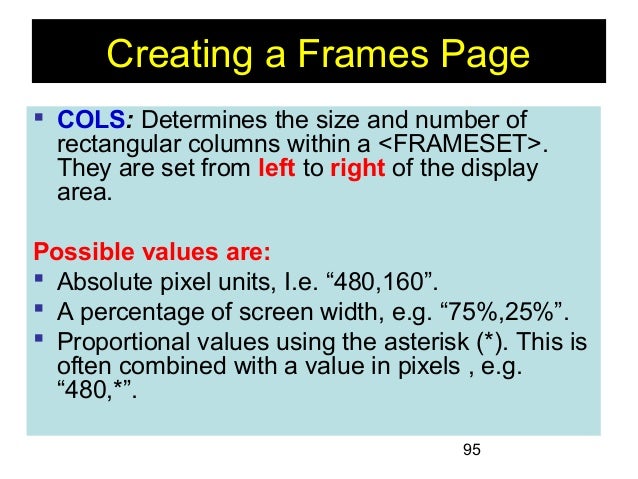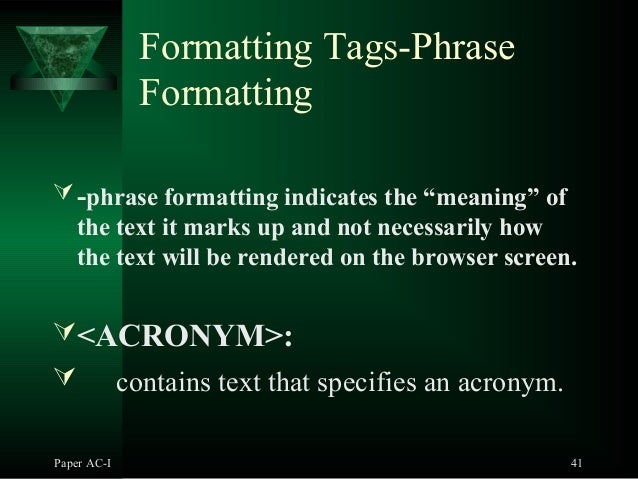

In the above example, the href attribute provides additional information-the hyperlink to the other Webopedia page. Attributes are features of elements in HTML that provide further information about the element. The link above not only has tags, but it also has an href attribute. Those links, indicated by tags, would be another element inside the paragraph element. For example, we have internal links in the paragraph above. JavaScript, on the other hand, adds dynamic elements to a page, like pop-ups, animated graphics, scrolling banners, and much more.īut elements can also have elements nested inside them. HTML identifies which parts of text are body paragraphs, headings, hyperlinks, bulleted/numbered lists, block quotes, italicized, bolded, etc., and the CSS determines how those parts look visually on the frontend. For example, a paragraph is an element (we’ll use another one from the intro):

#Definition html tags code
These appear as small bits of code before and after the elements they control. HTML defines the structure and layout of a Web document by using a variety of tags and attributes.

That came from hitting the Enter key on the keyboard while still in the Visual editor. This also allows them to take out extraneous HTML, such as the code at the very bottom. Users have the ability to switch between the Visual and Text tabs in the top right corner. The image below shows the first two paragraphs of this web page in the WordPress text editor: Typically, dedicated HTML editing programs have more features than your average text editor.

Most content management systems that are based in HTML have an option to edit the HTML directly. The search engine then adds that URL and corresponding keywords to its database, where web page data is stored. A search engine crawls an HTML file, looking for keywords and other important indicators that will determine where the page will appear on a search engine results page (SERP). This means moving through and processing all of the text, then displaying the page as the designer or publisher intended. In 2014, HTML5 introduced semantic tags for parts of a website that were previously unacknowledged, including the header, footer, and navigation menu, as well as audio and video elements.īrowsers use and understand HTML by parsing it. A combined total of 140 HTML tags have been added across the subsequent versions, the most notable of which is HTML5. Since its inception, HTML has seen many updates from the World Wide Web Consortium (W3C). The original HTML design was relatively simple (it only included 18 tags) and adopted the tagging structure of the Standard Generalized Markup Language (SGML). In 1991, when Tim Berners-Lee introduced the World Wide Web, he also invented a system that web browsers could use to translate text to visual web pages. HTML has been used since the beginning of the modern Internet.


 0 kommentar(er)
0 kommentar(er)
